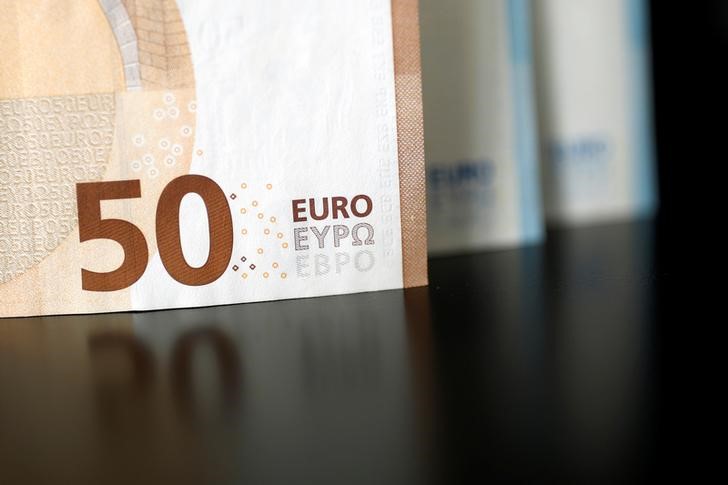 © Reuters.
© Reuters.
BRUSSELS - The European Central Bank (ECB) has commenced the Digital Euro Preparation Phase, marking a significant step forward in the development of a centralized digital currency for the 19 European Union countries that use the euro. This move comes after a two-year investigation into the feasibility of a digital euro, which is set to offer a secure and reliable alternative for digital payments.
The ECB's initiative will explore operational details such as the possibility of creating a specialized digital euro application or its integration into banks' existing applications. For those without access to traditional banking, physical cards could facilitate digital euro transactions, ensuring inclusivity. The digital euro aims to function both online and offline and may be available to non-resident citizens of the euro area if they have an account with a euro area payment service provider.
To maintain privacy, offline transactions will ensure payer-recipient confidentiality. In anticipation of any potential financial crisis scenarios that might cause a shift towards Central Bank Digital Currencies (CBDCs), the ECB plans to implement maximum balance thresholds for the digital euro accounts, initially set between €3,000 to €4,000.
The preparation phase will span two years and include extensive testing across various domains. It will also involve refining the Digital Euro Scheme Rulebook and establishing a process for selecting service providers. This phase is expected to occur in tandem with legislative discussions.
The ECB has emphasized that the digital euro will complement cash rather than replace it, offering benefits such as smoother cross-border transactions, enhanced security and privacy protection, consumer convenience, and reduced transaction costs. According to G+D Currency Technology, who is assisting in clarifying misconceptions about the initiative, the design of the digital euro prioritizes privacy and data protection, preventing citizen control or monitoring.
Dr. Wolfram Seidemann, CEO of G+D, highlighted that the digital euro would merge the benefits of cash with the convenience of digital payments without additional costs or security risks for citizens. This new era of digital finance reflects a transition mirroring the evolution from barter systems to digital currencies, providing consumer convenience within a modernized governmental monetary ecosystem.
This article was generated with the support of AI and reviewed by an editor. For more information see our T&C.

